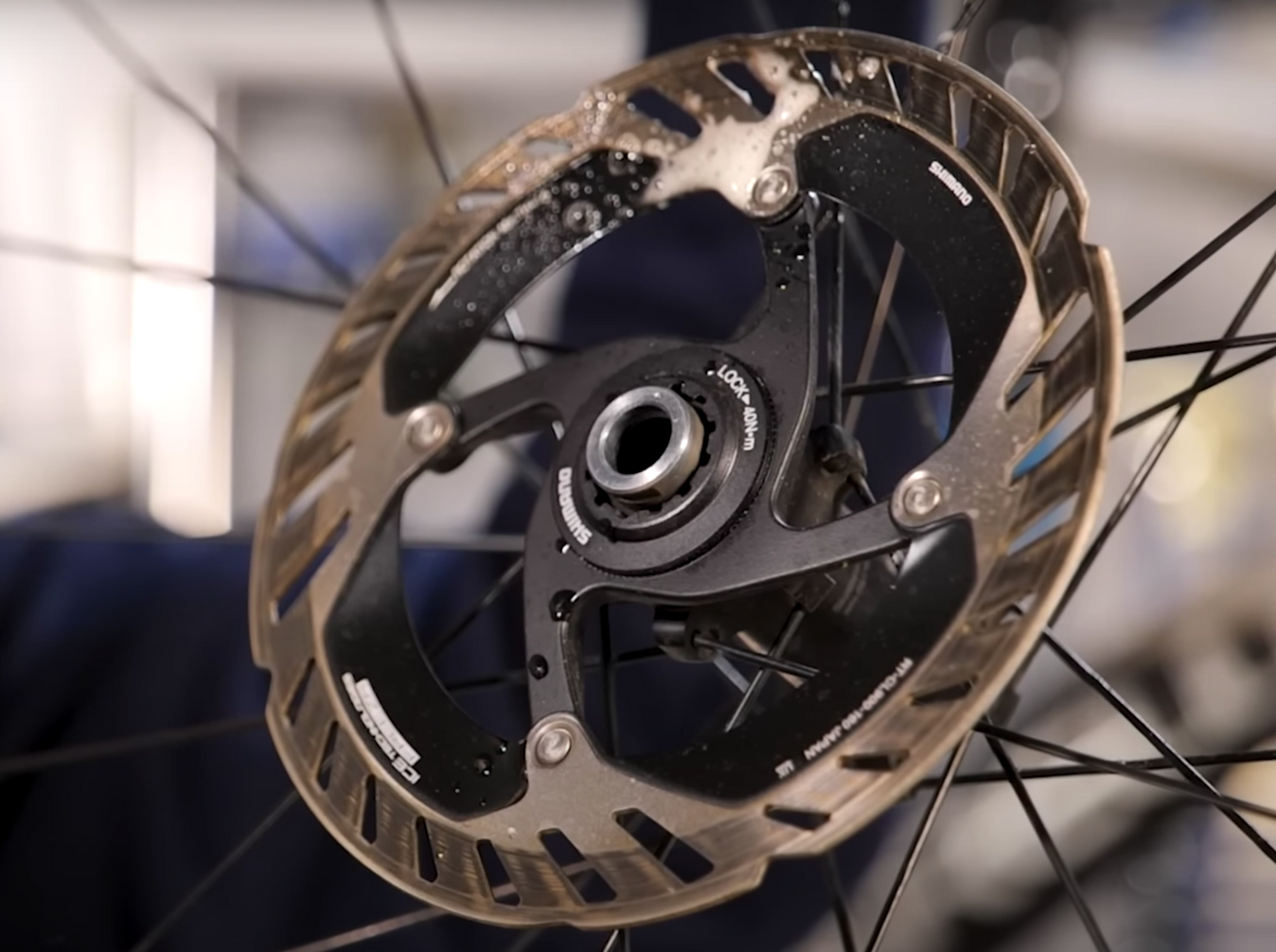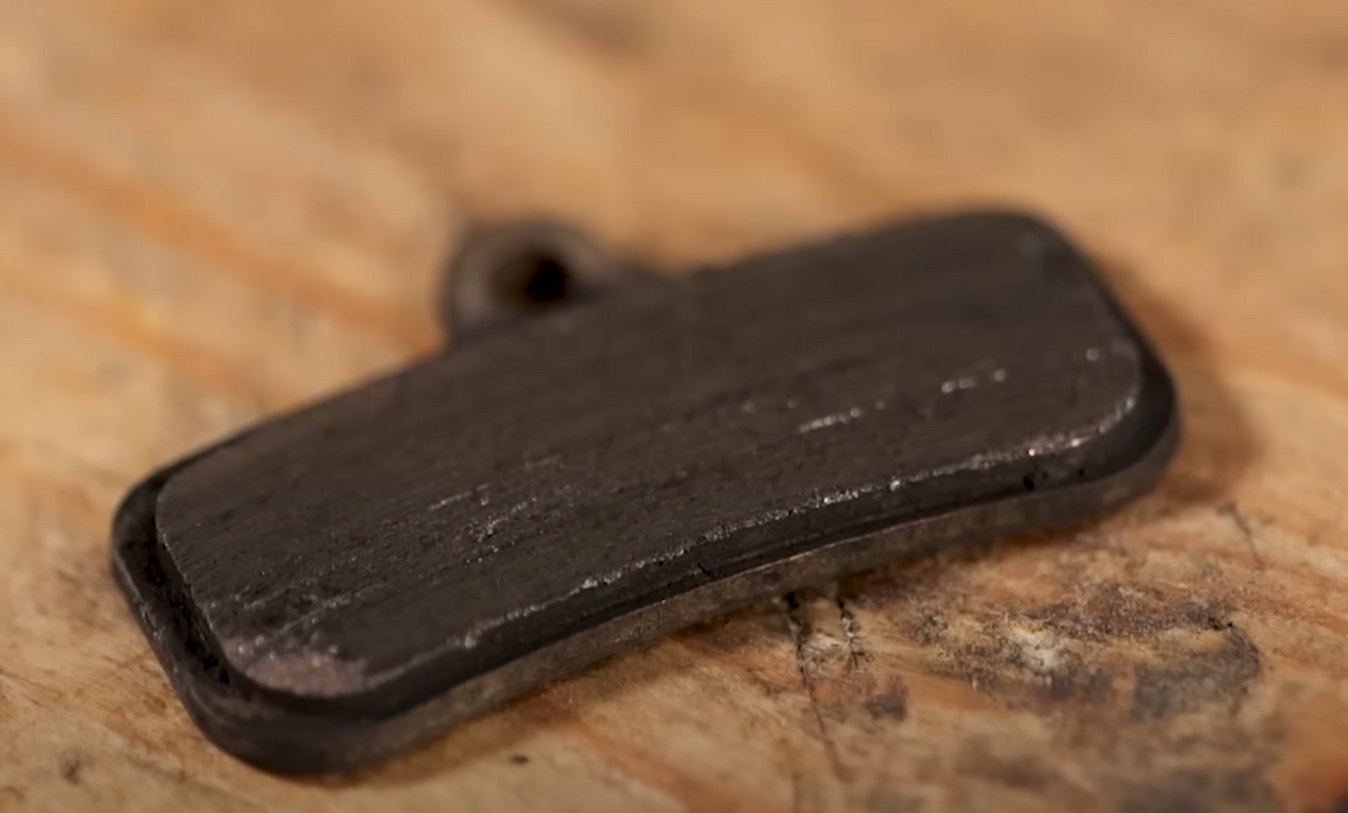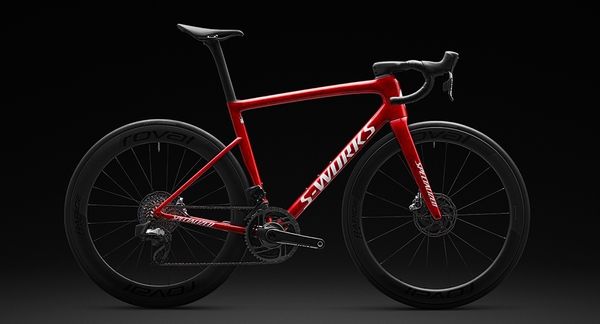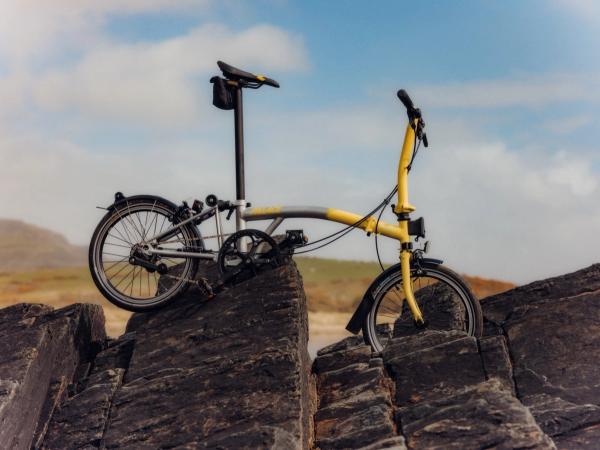Seven common disc brake mistakes to avoid
Save time, money and stress by avoiding these common issues
Tom Hallam-Gravells
Online Production Editor
Disc brakes are great, providing confidence-inspiring braking power. Without wanting to dredge up one of the most partisan debates in cycling (we’re going to do it anyway), they’re the reason behind the gradual demise of rim brakes.
Like anything, though, they’re not perfect. Fail to take good care and maintain them and you’ll soon be left with brakes that inspire anything but confidence. But don’t worry, as we’ve pulled together this list of common mistakes to avoid to help keep you on the disc brake straight and narrow.
Contamination from bike cleaning products
Hopefully you take good care of your bike, giving it a regular clean to keep it in tip-top shape. This usually involves using dedicated bike cleaners which are great for restoring frames and other components to their former glory, but not so good for disc brakes.
Most bike cleaners, if they come into contact with disc brake pads, will contaminate them. Once contaminated, brake pads give plenty of warning in the form of the dreaded brake squeal. That will be the least of your worries, though, as the contaminated brake pads simply won’t perform as well either.
So, be careful not to spray the disc brake area when cleaning your bike . Now, we know that’s easier said than done so don’t worry if a little spray defies your efforts. Simply use a dedicated disc rotor cleaner to wipe it off. It’s best to do this with the wheel removed as it’s easier to access the full rotor using a microfibre cloth. Just make sure that the cloth is clean otherwise you’ll only compound the contamination problem.

GCN
Cleaning products can contaminate disc brake pads
There’s also hope for the brake pads themselves which can be wiped with a compatible cleaner. If they’ve been heavily contaminated, use a piece of sandpaper to rub down the surface of the compound beyond the contaminated section. Just don't sand the compound down too much.
Travelling with your bike
At the mention of travelling with a bike, your mind may automatically jump to aeroplanes and nightmarish visions of baggage handlers haphazardly throwing bags.
Many of the biggest issues actually happen when transporting bikes in a car when it’s really easy to knock and bend the rotors. This may not be fatal for the disc brakes, but the brake rub and constant ticking noise it’ll cause will be enough to spoil any bike ride. The rotors can be bent back, but it’s unlikely you’ll restore them to their former glory, and it’s a lot of effort when you can simply prevent a bent rotor in the first place through simple steps.
These include removing the wheels from the bike and placing them so the discs are facing upwards. Don’t throw luggage on top of them either - another surefire way to bend a disc rotor. If you’re short on space and have no other options, remove the disc rotors and reattach them later.
Also, if a disc brake lever is pressed while the wheel is removed, the pistons will overextend as there’s no disc to stop them. To avoid this, get a disc brake block and insert it between the pads once the wheel is removed.
Riding with rubbing brake pads
We’ve already touched on the tormenting sound of rubbing brake pads. They're even worse than fingernails on a chalkboard. Yet, for some unknown reason, many riders persist through the noise.
Beyond the causes already mentioned, rubbing disc brakes usually occur after swapping old worn brake pads for new ones. Hydraulic disc brakes are great as they self-adjust over time, and the pistons gradually move in as the pads wear. This ensures consistent braking power over time.
However, they don’t adjust back the other way, so new brake pads will rub as they have thicker compound than the old pads. To solve this, the pistons need manually resetting and there are multiple tools available to help with this.
Using the wrong fluid
Always use the correct hydraulic fluid for your bike’s setup. Brands use specific brake fluids, and these aren’t cross-compatible between brands. For example, the red mineral oil required for Shimano systems isn’t compatible with SRAM brake systems which use dot fluid, and vice versa.
Also, avoid any clever hacks like using olive oil or baby oil (it happens more often than you may think) - they’re actually bodge solutions.
Check pad and rotor wear

GCN
Replace disc brake pads once they've worn.
Make sure you regularly check both the pads and disc rotors for wear and replace any parts when required.
The pad part of the equation is easy as you can visually inspect them to identify when they’re running out of compound. Rotors on the other hand are often overlooked, but they also wear and will eventually need replacing. There are tools to help check the level of wear and brands will have a recommended minimum width. It’s not a tool you’d necessarily need to use that often so it’s easier to take your bike down to the local bike shop or ask them to check when your bike next gets serviced.
Use the correct rotor size
Another mistake that sounds obvious enough but is very easy to fall foul of is to get the wrong rotor size. Always use the correct size disc rotor. To make things worse, it’s not always obvious if you’ve made this mistake as the brakes appear to work as normal.
‘Work’ is perhaps the wrong word here, as they’ll only function to a degree. Most commonly, people will use a 140mm rotor on a system set up for 160mm. As a result, only half of the brake pad will make contact with half of the braking surface of the rotor. It’ll still brake, but you’ll lose a significant amount of braking power, not to mention it’ll ruin the pads and the rotors, as in the example below from an unnamed GCN presenter.

GCN
We'll allow the GCN presenter to remain anonymous on this occasion
Dragging your brakes
Faced with a steep or long descent, many riders become brake-heavy, always slightly pulling the levers. This is bad for the pads which will build up heat, accelerating wear.
We’ve done plenty of videos on the art of descending and the key is to break into and out of a corner. Once you release the levers, the brakes will dissipate a lot of heat.






.jpg?w=600&auto=format)



